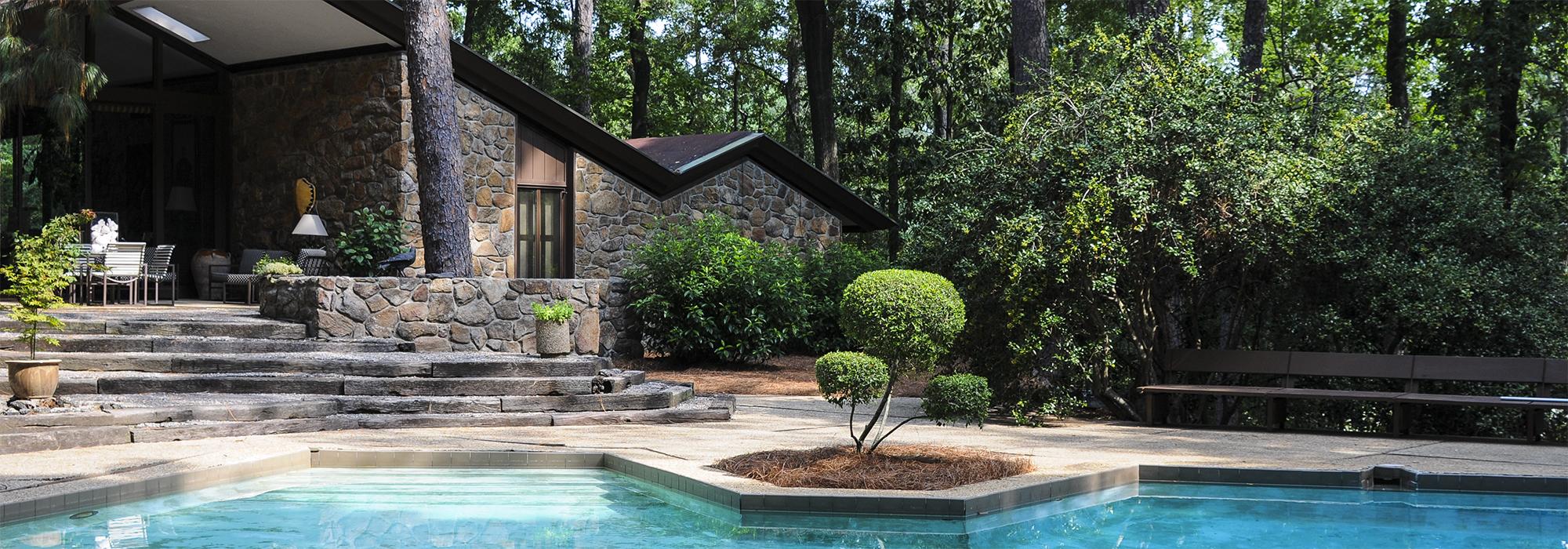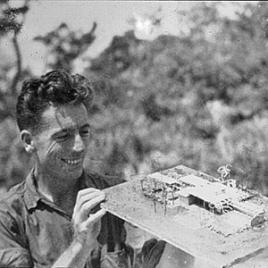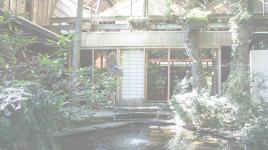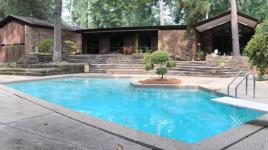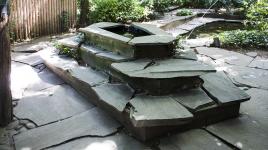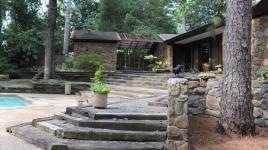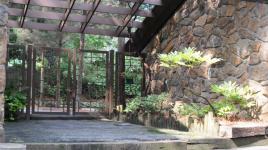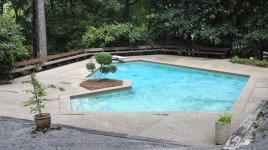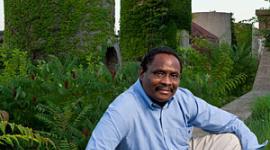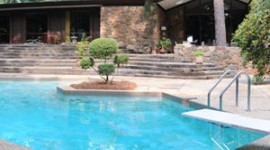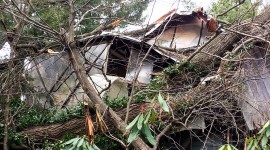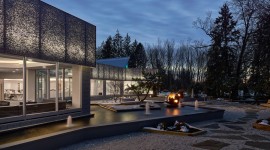Pioneer Information
Though he never graduated from high school, Rose took architecture courses at Cornell University. He transferred to Harvard University to study landscape architecture, but was expelled before graduating. Along with classmates Garrett Eckbo and Dan Kiley, Rose experimented with Modernist design; their joint efforts were published in a series of three articles in the 1938 and 1939 editions of Pencil Points (now Progressive Architecture). These articles were the first of his many writings on landscape architecture theory and practice. In 1941 he briefly joined Tuttle, Seelye, Place, and Raymond, in New York City, but devoted most of his career to a design/build practice centered on private gardens. His self-designed and built home of 1953 in Ridgewood, New Jersey was published in Progressive Architecture in December 1954. The article cites Rose's design for its clearly expressed fusion between indoor and outdoor space. Noted for recycling found materials and incorporating existing natural features, Rose abhorred waste. Old doors became garden benches and railroad ties became walls for irregular garden terraces. Overall, Rose's gardens are highly ordered sculptural compositions of space intended to be experienced rather than simply viewed.
The Rose Residence in Ridgewood is preserved as the site of the James Rose Center for Landscape Architecture Research and Design. He wrote three well-known books and numerous articles, as well as other publications under the pseudonym Marc Snow.



